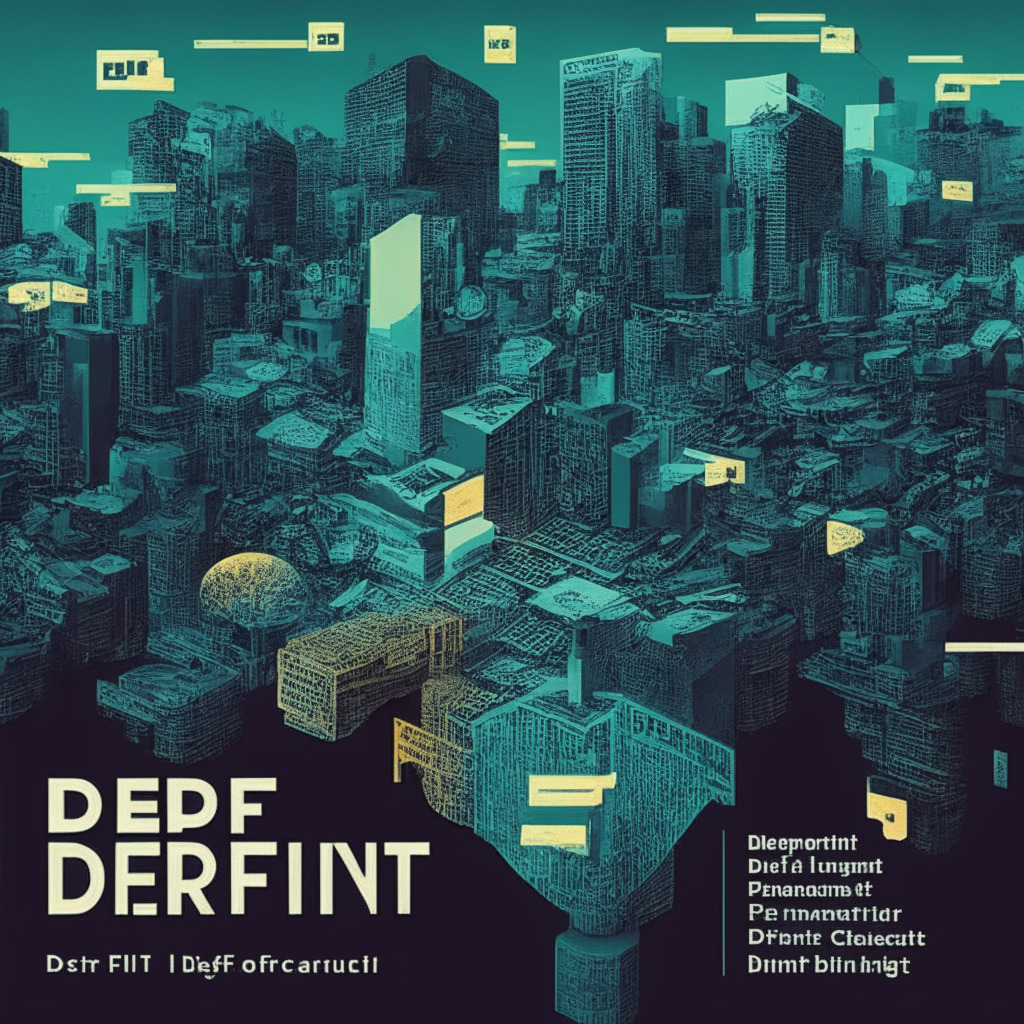Despite the low network activity that led Ethereum’s total daily transaction fees to nosedive to an eight-month low of 1,719 ETH (roughly $2.1 million) on August 27th, a rise in layer-2 scaling solutions has been noted. Data from on-chain analytics firms CryptoQuant and IntoTheBlock highlight that gas fees for this second-largest cryptocurrency, are now the cheapest since December 26th. This dip in gas fees appears to be influenced significantly by the current bearish market outlook.
Notably, decentralized finance’s reduced activity often accompanies low gas fees, while high activity levels can result in network congestion and rocketing fees. Since May 5th, daily transaction fees on Ethereum have dropped 83% from 16,720 to 1,719 ETH year-to-date.
However, despite the immense popularity of friends.tech (launched on August 10th), fees have remained low – pointing to the importance of effective scaling solutions. Its success has been huge; 100,000 users and $2 million in revenue in the first month of operation, suggesting the era of network congestion may be in the past.
Falcon X research head, David Lawant, noted this reduction in fees across the network contrasts the times when new projects typically clogged the network for lengthy periods. Precedent shows Ethereum L1 fees were 25% lower since friends.tech was launched compared to the average yearly fee prior, a stark contrast to early NFT application CryptoKitties or the recent Yuga Labs NFT drop that commonly caused temporary Ethereum network congestion.
As the pioneer of smart contract development, Ethereum’s network grapples with the predicament of high adoption and rising asset prices against costly gas fees and lagging transaction speeds under congestion. Among the solutions stressed by Ethereum co-founder Vitalik Buterin and other developers is the upgrade to Ethereum 2.0 introducing a Proof-of-Stake consensus mechanism to eliminate miners.
Adding to this, the implementation of layer-2 solutions which reduce pressure on the network, speed up transactions, and cut fees without compromising security. As these solutions gain traction – note friends.tech’s successful launch on Coinbase’s layer-2 chain, Base – Ethereum is becoming harder to challenge. Last few years have stimulated adoption on layer-2 networks, with several developers deploying projects on these solutions.
Data from IntoTheBlock indicates layer-2 scaling solution Optimism’s mainnet hit a new all-time high of 900,000. These developments lend credibility to claims from analysts labeling Ethereum as ‘unstoppable’, even in the face of rival contenders such as Cardano (ADA) and Solana (SOL).
Source: Cryptonews




